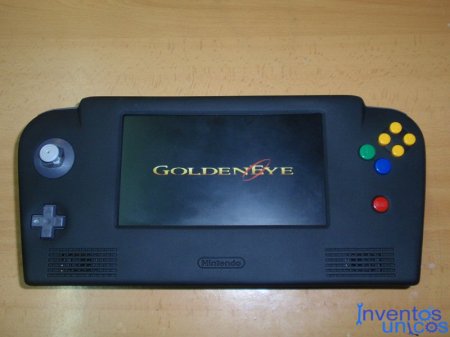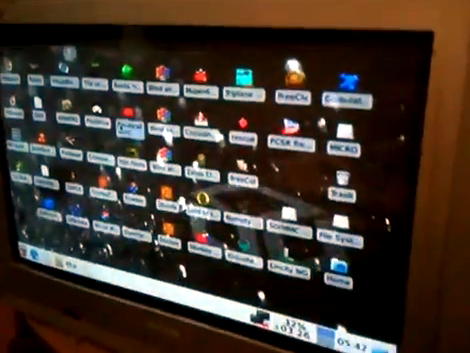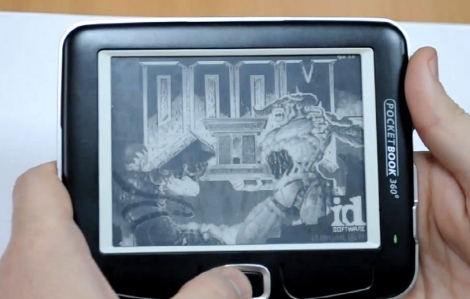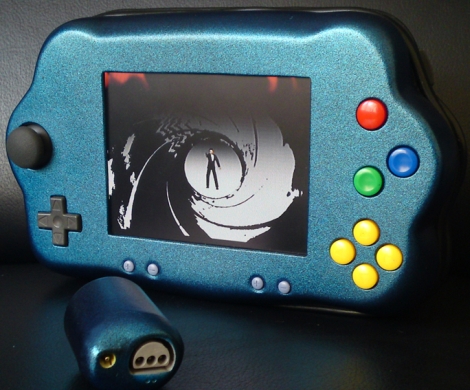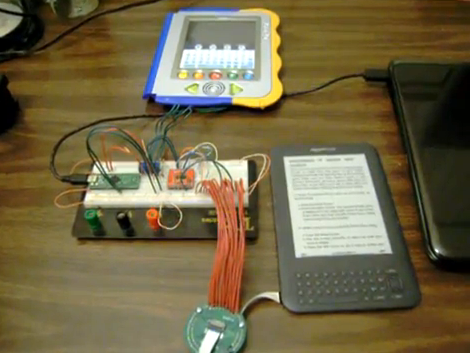
If you’ve ever thought the Kindle keyboard was a bit cramped you’re not alone. [Glenn’s] been working on developing an external keyboard for the Kindle for quite some time. It may not make easier for everyone to use, but he’s motivated to improve usability for his sister who has Cerebral Palsy.
We see a lot of keyboard hacks that solder straight to the pads under the buttons, but for a compact device like the Kindle this would really mess things up. Instead of going that route, [Glenn] sourced a 20-pin Flexible Flat Cable and breakout board that match the internal Kindle connector. The prototype seen above uses a TS3A5017 serial multiplexer chip to simulate the keyboard button presses. That multiplexer is driven by a Teensy++ microcontroller board which is monitoring a larger set of buttons on the V.Reader seen above. Check out the video after the break for a brief demonstration, then look around at the rest of [Glenn’s] blog posts to view different steps of the development cycle.
Continue reading “FrankenKindle: Building An Alternate Kindle Keyboard”

